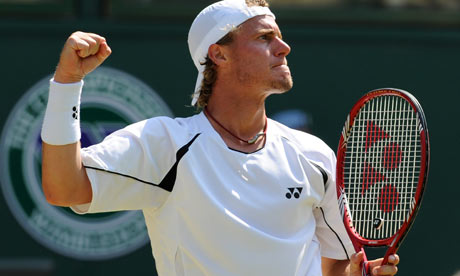 Last week, Rafael Nadal put his hopes on defending his Wimbledon title on two exhibitions. He had arranged to play two exhibitions at Hurlingham Club in London. The first exhibition was against Lleyton Hewitt.
Last week, Rafael Nadal put his hopes on defending his Wimbledon title on two exhibitions. He had arranged to play two exhibitions at Hurlingham Club in London. The first exhibition was against Lleyton Hewitt.
About nine months ago, Hewitt had hip surgery. It took several months of recovery including playing a small tournament in Houston, an ATP 250 event (this is a tier below ATP 500), something he would not have to do if his ranking hadn’t dropped. He wanted to move it high enough to avoid qualifying for bigger tournaments down the road.
Hewitt says he hasn’t been playing solid until about the French Open where he had the misfortune of meeting Rafael Nadal. While Nadal would go on to lose for the first time in the Paris clay to Robin Sodering, he had no problems disposing of the Australian. While Hewitt plays a solid baseline game, he’s always been more of a hard court and grass court player. Witness his two Grand Slam titles at Wimbledon and at the US Open.
Last year, Novak Djokovic entered the second round of Wimbledon to face Marat Safin. Safin had beaten Djokovic some years earlier back when Djokovic had yet to rise in the rankings and back when Safin’s game was still formidable. Since then, Safin had come back from injury and he had had spotty results. Most people lamented the underachieving Safin, feeling that this Wimbledon, a tournament Safin had historically performed poorly at, was not going to be anything different from the tournaments he had played recently.
But for two weeks, Safin managed to muster enough of his old self and play well on the surface he likes least, starting with the startling upset of Novak Djokovic.
Fast forward to this year. Safin exited tamely in the first round to Jesse Levine. Levine is known for having practiced with Roger Federer, owing to his lefty demeanor. But Levine’s ranking is a lowly 133 that puts him behind a great number of other Americans including, say, John Isner.
And back up one week. There was Hewitt playing Nadal, knowing the results of this exhibition and the next might very well push Nadal out of the tournament. There was a huge incentive for Hewitt to win the match and not play it like a conventional match. If his win could convince Nadal not to play Wimbledon, that would be one less headache for Hewitt to deal with. Combined with his loss to Hewitt and Wawrinka, Nadal elected to return back to Mallorca and heal up, hopefully in time for the US Open.
When the draw came out, Hewitt would, surprisingly, be scheduled to meet Nadal early, but due to Nadal’s withdrawal, the Wimbledon committee juggled the seeds to prevent a hole from where Nadal was located, a hole that might benefit his quarter of the draw. Rather than insert a lucky loser, which they would have had to do if Nadal had withdrawn after the tournament had started, they moved a few players around.
del Potro, the 5th seed, took Nadal’s spot. He had been in Djokovic’s quarter. This probably made both Djokovic and Federer happy. James Blake took del Potro’s spot. Nicholas Kiefer took James Blake’s spot and was promoted to 33rd seed. All of these players that were moved have consequently lost. Blake lost in the first round Andreas Seppi. Kiefer lost in the first round to Fabrice Santoro.
del Potro, on the other hand, the guy whose star seemed most on the rise, had an easy first round. But he had to face Hewitt.
Everyone says Hewitt is an intense guy. He’s also the kind of player who doesn’t want to play average all his life. Commentators speculated that if he really got clocked by del Potro, he might retire.
del Potro, for his part, had yet to prove his prowess on grass. In the past two years, he had fallen to the Olympic gold medalist in doubles. Last year, he lost in the 2nd round in straight sets to Stan Wawrinka. The year before, Roger Federer also rolled over him in straight sets in the 2nd round. However, since last year, del Potro has gone on a tear.
His ranking is firmly in the top 10. He beat Nadal back in Miami. He beat Murray in Madrid. He pushed Federer to five sets at Roland Garros. He had an easy straight set win in the first round of Wimbledon.
And unlike Safin, who many felt was as talented as Federer, most people believe Hewitt to be a workmanlike winner, perhaps in the mold of Jimmy Connors. Inspired not by the Aussies, but by Mats Wilander, Hewitt plays a baseline game, not the chip and charge that characterized many an Aussie including Patrick Rafter and Pat Cash. (Coincidentally enough, Wilander was inspired not by fellow countryman, Bjorn Borg, but by brash American, Jimmy Connors).
Hewitt’s game seemed like a holdover from the 1990s. He was like Chang or Wilander. Quick player. Unlike Chang, he hit deep, and he had a visible intensity to win. But Hewitt’s best results were pre-Federer.
So when del Potro was to face Hewitt, it wasn’t exactly like Djokovic facing Safin. Djokovic was considered the overwhelming favorite, but only because Safin’s game was a shell of its old lustrous self. On the other hand, del Potro, while a formidable player, had yet to prove he could win on grass, and Hewitt, while lacking the wild talent of Safin, had still done well to beat Nadal, and claimed he was feeling great.
And if there were those paying attention, del Potro was actually ill the week after the French. He recovered in Argentina, and then trained on the few grass courts available in Argentina. McEnroe thought this might not be enough. With all the players in London, who could del Potro play against?
The match itself was a bit surprising. Hewitt served well, moved well, and del Potro looked irritated throughout. Hewitt played a lot of shots up the middle and del Potro responded mostly in kind. Hewitt was playing so well that he only dropped serve once, and that was serving for the match. He had had 8 break points against him, but del Potro only converted once. When del Potro broke, Hewitt immediately broke back and held for the match.
This is a good time to look at players like Safin and Hewitt.
In tennis, one can point to certain “generations” of players. There is the Sampras generation which might be better titled the Agassi generation. These were perhaps the most successful group of Americans in the Open Era. When reporters wondered who would replace McEnroe and Connors, few expected the replacement to include Sampras, Agassi, Chang, Martin, Washington, and Courier.
When Sampras was on the decline, basically after 2000, he left a bit of a vacuum. Already, players from the next generation were asserting themselves. Sampras himself had lost to both Hewitt and Safin at the US Open.
Roger Federer, for his part, was a late bloomer. Although he had a huge win against Sampras in 2001, he would not begin to play his best until later in 2003. In the meanwhile, players who bloomed earlier were jockeying for number 1.
In this period, there were a plethora of number 1’s: Safin, Kuerten, Hewitt, Ferrero, and Roddick. Indeed, Federer seems to have an affinity for this group of players, each of whom has won at least one Grand Slam title. When Federer looks at the new generation: Nadal, Murray, Djokovic, del Potro, he sees a group of people he doesn’t yet relate to.
The Fed generation may have been dominated by Federer, but Roger is always quick to defend these players, in particular, Andy Roddick. Federer believes in consistency, and with Roddick, he sees a guy that’s worked really hard to stay in the top 10.
So Federer perhaps has to smile when Lleyton Hewitt scores a victory over Juan Martin del Potro. The group of guys he played with when he came up the ranks were not a pushover bunch. They played good tennis and still have a few surprises left in them.



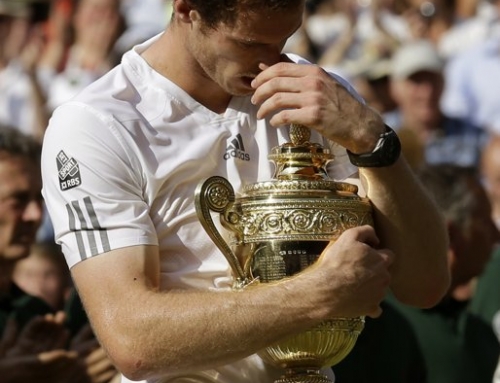
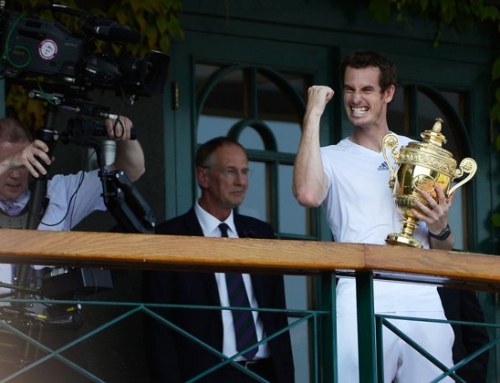
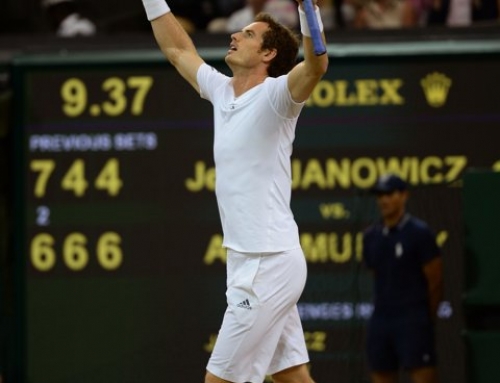
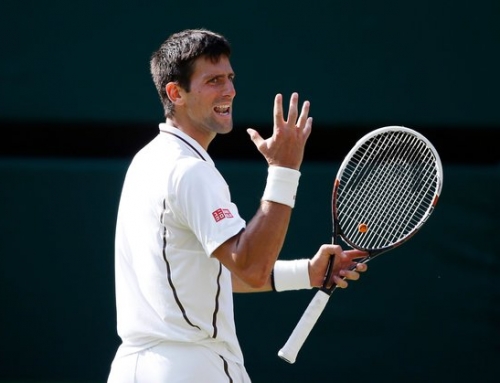
![[Wimbledon, QF] Murray scraps out 5-set win over Verdasco to reach semifinals](https://www.essentialtennis.com/wp-content/uploads/2013/07/20130703murray-500x383.jpg)